Surely the reason that will lead you to travel to Fuerteventura is to enjoy its paradisiacal beaches, and if you also make the trip in winter, enjoy the pleasant temperatures of the island.
But in your vacation or tourism getaway to Fuerteventura You are not going to spend all day on the beach or in the hotel pool.
Surely you will want to know the main tourist attractions of this canary island.
Therefore, below we are going to propose a tourism route through Fuerteventura, which you can do in one or two days.
This will depend on the time you dedicate to each visit, especially taking into account that from end to end of the island there are just over 100 kilometers.
To get to know the island you have the option of signing up for a excursion in a group in which with the company of a tour guide will take you through it in a minivan.
Here you have the information about the Tour of Fuerteventura in which from your accommodation in the north of the island, during an eight-hour day you will visit the most outstanding places, such as The olive, Pájara, Betancuria, Ajuy y Corralejo
All the information in detail
- 1 The best things to see and do in Fuerteventura for tourism
- 1.1 1 Corralejo Dunes Natural Park in Fuerteventura
- 1.2 2 El Cotillo and El Tostón Lighthouse in Fuerteventura
- 1.3 3 La Oliva in Fuerteventura
- 1.4 4 Alcibiade Ecomuseum in Fuerteventura
- 1.5 5 Betancuria in Fuerteventura
- 1.6 6 Las Peñitas and Pájara Viewpoint in Fuerteventura
- 1.7 7 Natural monument of Ajuy in Fuerteventura
- 1.8 8 Costa Calma and Jandía in Fuerteventura
- 1.9 9 Cofete Beach in Fuerteventura
The best things to see and do in Fuerteventura for tourism
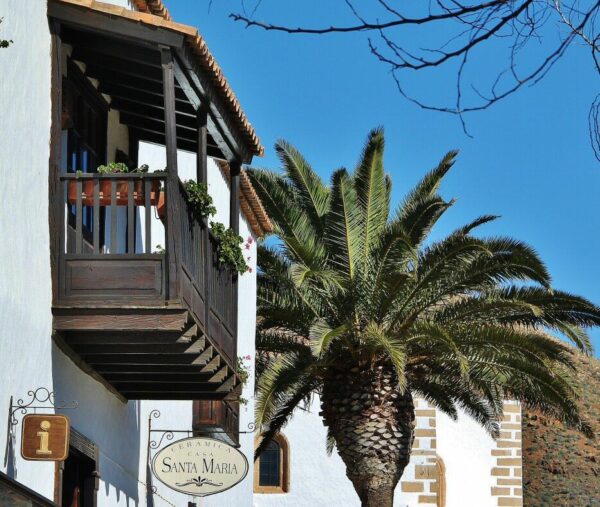
But if you prefer to do the visit on your own, we propose this route from the north to the south of Fuerteventura.
It starts in Corralejo, one of the most touristy areas of the island, and it is the same one I did on my last tourism trip to Fuerteventura.
Depending on the area of the island where you are staying, based on this information you can plan your own route or make some specific visits.
Here I detail different places of interest What can you visit.
1 Corralejo Dunes Natural Park in Fuerteventura
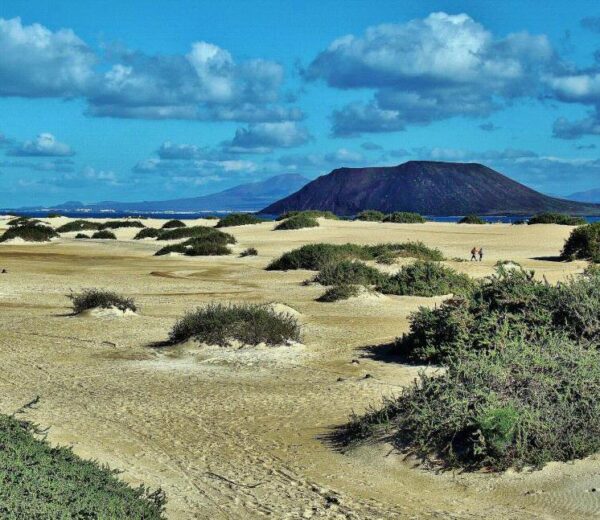
The greatest attraction of north of the island of Fuerteventura is undoubtedly the Corralejo natural park.
Front of Lanzarote Island, which you can cross by ferry in just 20 minutes, and the small wolves island, a natural enclave with a great wealth of fauna and flora, you have the large area of Dunes of Corralejo.
It is a place where you can enjoy endless beaches of very fine sand, which is enough of an argument to explain the tourist development of the small town of the same name.
2 El Cotillo and El Tostón Lighthouse in Fuerteventura
Al west of Corralejo, you must approach the area of the small town of El Cotillo.

It is very close, only 20 kilometers away, but the change in landscape is total.
In front of the coastal area with fine sand beaches that you find in the aforementioned dune natural parkWhen you go to the western side of the island you find an area of cliffs, coves of black sand and stones, as well as natural pools.
It is a corner of Fuerteventura little visited, which above all concentrates local Canarian tourism, and whose most prominent enclave is the El Toston Lighthouse, which are actually three lighthouses.
3 La Oliva in Fuerteventura
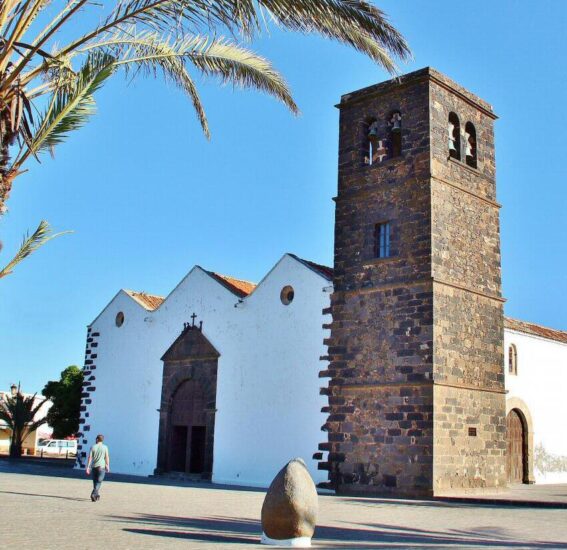
A little further south of El Cotillo you find the small town of The olive, where the Candelaria church, from 1711, the largest on the island.
There you will also see the House of the Colonels, a stately building from the early 17th century reflecting the island's military government system in the early stages of colonization.
4 Alcibiade Ecomuseum in Fuerteventura
On your way south, already through the interior of the island, you will pass through the Tindaya Mountain, which may not seem like anything special to you...but it was considered magical by the ancient inhabitants of the island.
ORGANIZE your TRIP
- Don't forget your TRAVEL INSURANCE with a 5% discount
- Book the HOTEL for your trip
- RENT a CAR for your trip
- The best TOURS and EXCURSIONS in Spanish
- NO-LINE TICKETS for museums and monuments
- Best FREE TOURS around the world
- Book your TRANSFER from the airport
- eSIM card with INTERNET at the best price
You will reach the population of tefia, near which the La Algido ecomuseuma recreation of an old agricultural farm of the island.
During your visit, in its various rooms, including animal pens, you can see what the way of life was like in the rural areas of Fuerteventura in the 19th century.
In addition, you will see various handmade products and you can try one of the island's gastronomic specialties, the delicious Majorero cheese.
5 Betancuria in Fuerteventura
The one that was first capital of the Canary Islands, Betancuria, is going to be your next stage on this route.
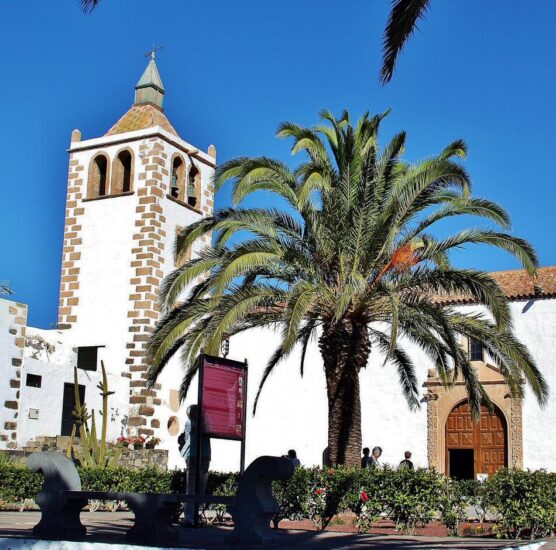
It was founded by the first conquistadors in 1404, and now you find a small village with beautiful examples of country architecture and what was the first cathedral on the island, the church of Santa Maria.
In Betancuria you can also visit a small archaeological and ethnographic museum.
6 Las Peñitas and Pájara Viewpoint in Fuerteventura
Before reaching Pájara you will pass through Las Peñitas viewpoint.
You are in one of the most mountainous areas of the island and, in addition, from this viewpoint you can see the coastal area where the first conquerors who landed on the island accessed.
Already in the small town of Pájara you should stop to see the church of Our Lady of the Rule, 17th century.
Specifically, look at its curious porch with Aztec decoration carried out at the initiative of a Indian arrived from the Americas.
La Pajara church It is one of the most interesting monumental corners of Fuerteventura.
7 Natural monument of Ajuy in Fuerteventura
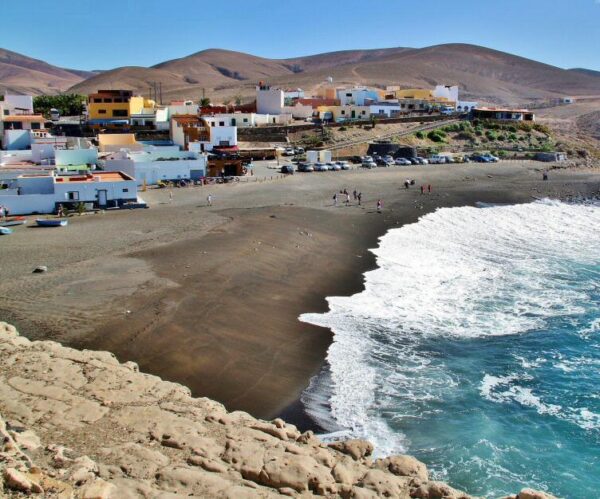
You then return to the west coast to see another of the island's highlights, the Ajuy beach, which opens before a small fishing village where you can taste the gastronomy area.
Here is the so-called natural monument of Ajuy, the first area that emerged to the surface in the process of formation of the Canary Islands.
It is a corner of great geological interest, with an estimated age of more than 100 million years.
8 Costa Calma and Jandía in Fuerteventura

In this route through Fuerteventura, you now arrive at the south of the island.
Or perhaps you are staying in one of their hotels, with numerous resorts all included, as it is the most touristic area of the island, given that in Jandia 70 percent of the tourists who visit this island are concentrated, mostly British.
It is another area of extensive fine sand beaches. and with an ideal wind for surfing.
This information will be useful for your trip. excursions and activities what you can do during your visit of the island of Fuerteventura, included excursions diverse, such as the nearby islands of Lanzarote or Lobos, or boat trips, 4×4 jeeps, etc…
You will undoubtedly be struck by the area of dunes that, like a natural isthmus, connects the rest of the island with the promontory of the Jandía Natural Park, which millions of years ago was a small island.
Don't forget your Travel Insurance
Are you organizing your trip or getaway? Don't leave without take out your travel insurance before, and here we explain why. If you hire it with us, you have a 5% discount
9 Cofete Beach in Fuerteventura
Here is located one of the most famous beaches of Fuerteventura due to its almost virgin state, the Coffete, which I could not visit on my trip to the island.
Here you can buy the ticket to go on Ferry to Lobo Island from Corralejo, or if you prefer, you can combine it with a snorkeling activity
You will reach this twelve kilometer long beach from Morro Jable along a winding track in poor condition (4×4 vehicle is recommended), which runs through a mountainous area and at the end takes you to the village that gives its name to the Cofete beach.
With all this information you can now configure your own route through Fuerteventura, according to your preferences.
Enjoy the island!




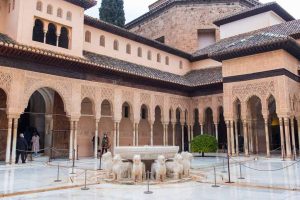
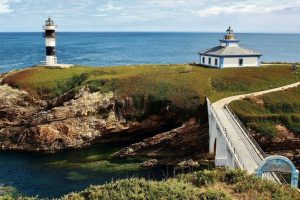











From Fuerteventura I definitely recommend going to Isla de Lobos to snorkel, it has been something that I have completely enjoyed during these last summer holidays.
Everyone signed up!
I've been living in La Palma for quite a few months now and I need to start moving, and Fuerteventura seems like a great option!! So I'm saving all the information about the best places to see on the island and seeing if I can go soon.
What area do you recommend I stay in? I'm looking for something cheap and nice (if you can get to the beach on foot, that's perfect).
Thank you!
too much information
The House of the Colonels is not in Cotillo, but in La Oliva. As is the case with the Candelaria church (La Oliva).
Felipe, thanks for the clarification, already corrected 🙂
Good article, just tell you that the photo you post is not of the Tindaya Mountain, but of the Burnt Mountain, which is where the monument to Miguel de Unamuno is. In this link of mine you have some photos of Tindaya Mountain: http://playas-fuerteventura.com/2014/02/15/montana-de-tindaya/.
Thank you
Hello, magnificent blog.
I would like to know if you would like to publish an article for me. If yes, could you contact me at spanishsheffield@gmail.com
Regards, and thank you very much!!